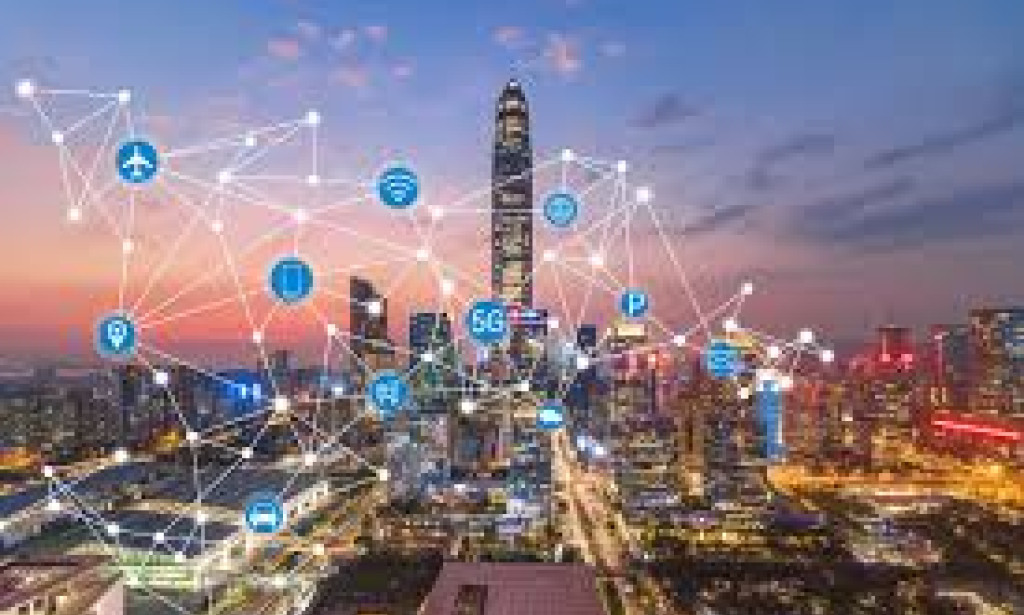Smart Cities: How Technology Is Making Urban Life Sustainable
Cities are growing faster than ever — by 2050, nearly 70% of the world’s population will live in urban areas. But with rapid growth comes massive challenges: pollution, traffic jams, energy waste, and housing shortages. Enter smart cities — urban spaces powered by technology, data, and innovation to make life cleaner, safer, and more efficient.
Smart cities aren’t just futuristic dreams anymore — they’re real, evolving ecosystems transforming how we live and interact with our surroundings.
1. The Smart City Revolution
A smart city uses digital technology and data to optimize everything — from traffic flow to energy consumption.
Sensors, cameras, and IoT (Internet of Things) devices constantly collect information that helps governments and citizens make better decisions.
For example:
- Singapore uses real-time data to manage traffic and reduce congestion.
- Barcelona employs smart streetlights that adjust brightness based on movement.
- Dubai uses AI to monitor waste collection and water usage.
These cities are proving that data-driven systems can create cleaner, more efficient urban environments.
2. Green Energy and Smart Grids
One of the biggest goals of smart cities is to reduce energy waste. Smart grids — digitally connected energy networks — automatically balance supply and demand, helping cities avoid blackouts and save power.
- Renewable integration: Solar panels and wind turbines feed energy back into the grid.
- Smart meters: Help residents monitor and cut down on their energy use.
- Electric vehicles (EVs): Integrated charging stations powered by renewable sources reduce carbon emissions.
The result? Cities that are not just tech-savvy but eco-friendly and energy-efficient.
3. Smarter Mobility for a Cleaner Future
Traffic congestion is more than an inconvenience — it’s a major source of urban air pollution.
Smart cities are fighting back with:
- AI-powered traffic lights that adjust timing based on vehicle flow.
- Real-time public transport tracking for smoother commutes.
- Shared mobility options like e-scooters and electric buses.
Cities like Amsterdam and Copenhagen are leading the way with bike-friendly infrastructure, cutting emissions while promoting healthier lifestyles.
4. Smart Buildings and Waste Management
Modern skyscrapers aren’t just made of glass and steel — they’re intelligent.
Smart buildings use sensors to:
- Regulate temperature and lighting automatically.
- Detect maintenance issues before they cause problems.
- Reduce energy and water waste.
This combination of efficiency and sustainability is turning cities into living, breathing ecosystems.
5. Data for People — Not Just Machines
At the heart of every smart city is data — but the real goal isn’t surveillance or control. It’s empowerment.
By using open data platforms, citizens can:
- Report infrastructure issues.
- Track energy and water use.
- Participate in planning and decision-making.
Technology, when used responsibly, makes cities more transparent, inclusive, and people-focused.
The Future of Sustainable Urban Living
The rise of smart cities shows that technology and sustainability can coexist.
When combined with eco-conscious policies and citizen participation, innovation can make urban life not just more convenient — but more humane.
Smart cities represent the future of living: connected, clean, and conscious.
They remind us that technology isn’t just about machines — it’s about creating better places for people and the planet to thrive together.



You must be logged in to post a comment.